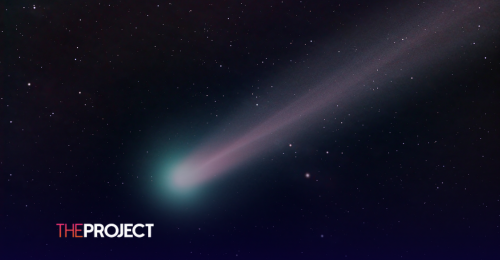The rare comet, called C/2024 G3 Atlas, was first spotted in 2014 in Chile by the Asteroid Terrestrial-impact Last Alert System (ATLAS).
Speaking with the BBC, NASA says that the comet, which is expected to be so vibrant that it will rival the brightness of Venus in the night sky, will be visible across the globe from Tuesday night.
G3 Atlas’ home is a trillion miles away, in the icy bubble full of comets surrounding our solar system called the Oort Cloud.
The comet is passing through the constellation of Sagittarius and appears between the Sun and Pluto,and the Southern Hemisphere will get the best view of the comet due to its position in relation to the Earth.
The comet was at peak perihelion on Monday, which is when it is closest to the sun. This influences how bright it appears, however, it is predicted to be visible through till the end of January.
Dr Shyam Balaji, a researcher in astroparticle physics and cosmology at King’s College London, said: “As with all comets, its visibility and brightness can be unpredictable.
Balaji told the BBC those in the Southern Hemisphere should "look toward the eastern horizon before sunrise, [and] after perihelion, try the western horizon after sunset."
Stargazers are encouraged to head out to your nearest, tallest hill or take a trip to a flat shoreline with a pair of binoculars.





























